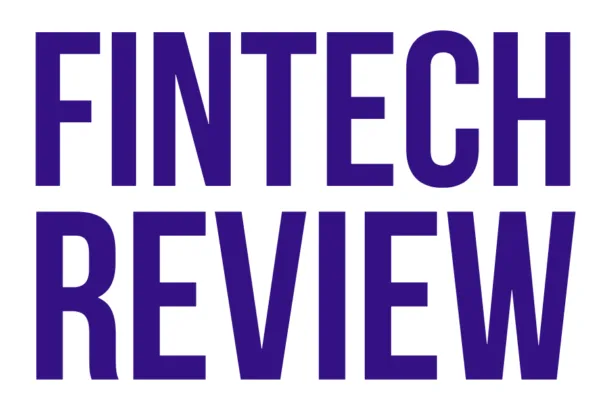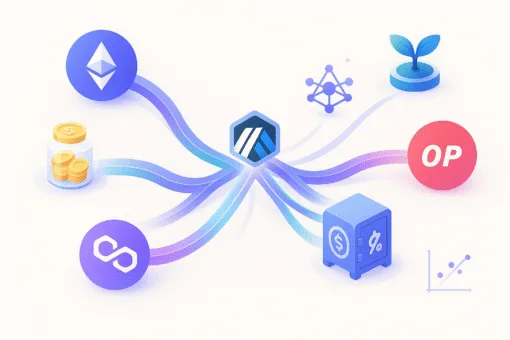This is a guest post by Michael Jaiyeola, Fintech Lead at Erlang Solutions.
Erlang is a programming language designed to build massively scalable, soft real-time systems that require high availability. Many of the world’s largest banking, e-commerce and fintech companies depend on Erlang-based technologies to power their tech stack. If you have a system that handles large amounts of concurrent users, adopting Erlang can help you significantly reduce your lines of code and increase scalability.
Introduction
For financial services institutions, much of what was road mapped for 2020 was ripped up. Or, at the very least, put on ice in response to the sucker punch that was the coronavirus global pandemic. At the time of writing, the world has been in ‘pandemic mode’ for over a year. There is little doubt that the global crisis will have a more profound impact on our societies and world economy than we can entirely know at the moment. Nonetheless, some clear patterns are emerging in the financial services industry. Making this an excellent time to consider what we can expect next for the sector. In this article, I consider what the events of the last year will mean for fintech as we move towards the ‘new normal’.
Necessity Is The Mother Of Invention
This is different from the 2008 crisis in that it is not a banking crisis. But a crisis of the real economy. Banks and financial institutions are now well capitalised and resilient. And in a comparatively better state to weather the economic storm. Those fintech firms that were exposed have not built with scalability in mind from the outset. Technical choices that were good enough for most scenarios have been found wanting. And while speed to market is synonymous with fintech, it remains critical that the right architectural decisions and choices of technologies are made at the outset of new projects.
Remote working is already normalised and recognised as an efficient method of operating and satisfying regulators and consumers. Corporates are adapting to behavioural changes, suggesting that they believe that the shift to digital-first finance will not roll back. This requires them to enhance the capabilities of their legacy infrastructure. In order to meet demand for closer to real-time payments and more.
The mood is changing towards firmer regulatory control of fintech firms to align with that of traditional financial institutions. At the same time, increased reliance on technology within financial services and connectedness between different parties means a heightened risk of operational failures and security problems. Today’s dynamic systems, while beneficial for quick deployment and business agility, come with many moving parts and complexities across multiple layers. This can all add more difficulty to monitoring and observability.
Building back better and more resilient
The industry will need to make permanent some learnings of the lockdown periods to create more agile workforces. This will boost productivity, creativity, and collaboration. Corporates will look to increase investment in fintech to stay competitive. Not only in customer-orientated digital technologies. But also in the back office space as a means to improve operations and cost management.
For traditional financial institutions, their tech teams need to be implementing best-in-class engineering practices utilising modern agile methods, working closely with business and product teams. Leading banks were already modernising as part of a strategy to exit or manage legacy core systems that inhibit faster and more transformative technological innovation. More resources will now be diverted to the strategy. Software engineering has become the core of value creation in many companies. And the methods used to build software can significantly influence business results.
Fintech firms are more eager now to partner with incumbents. As funding from other sources has stalled somewhat since the pandemic. To increase the likelihood of getting picked up by an incumbent institution, fintech firms need to focus on the right product-market fit. Rather than creating bespoke technology. There needs to be a clear and defined technology strategy driven in-house. A minimum viable product (MVP) where there is no in-house tech expertise indicates that the approach has been sales/marketing led. As opposed to being centred around building software, which indicates a reduced chance of success.
The future of finance is digital
Not only is the financial industry not the cause of this crisis, it in fact holds the potential of being a key driver of economic recovery. Many of the trends of the last year will remain in the new way in which the financial services industry operates. Digital payments, improved data security and system resilience, and innovation in the use of blockchain and digital assets are not new to fintech. But now they offer up genuine avenues for solving the real world problems of today.
Fintech firms are well versed in the art of disruption. They are well-placed to adapt and prosper as we settle into any new normal. Other traditional financial institutions, having come through the immediate operational crisis of the pandemic, will no longer elect to ignore the need to digitise. With governmental support and suitable regulation, fintech will be one of the sectors that will end up with enhanced importance as we emerge from the crisis.
This article is part of a larger report free to download. It examines how organisations within the fintech industry have risen to the challenges of the pandemic. And how operational, business and technical models have been permanently changed. The focus is on how fintech will lead the charge for a better human-centric future for financial services, with technology that is built to be better and more resilient to meet the demands of the new normal.














